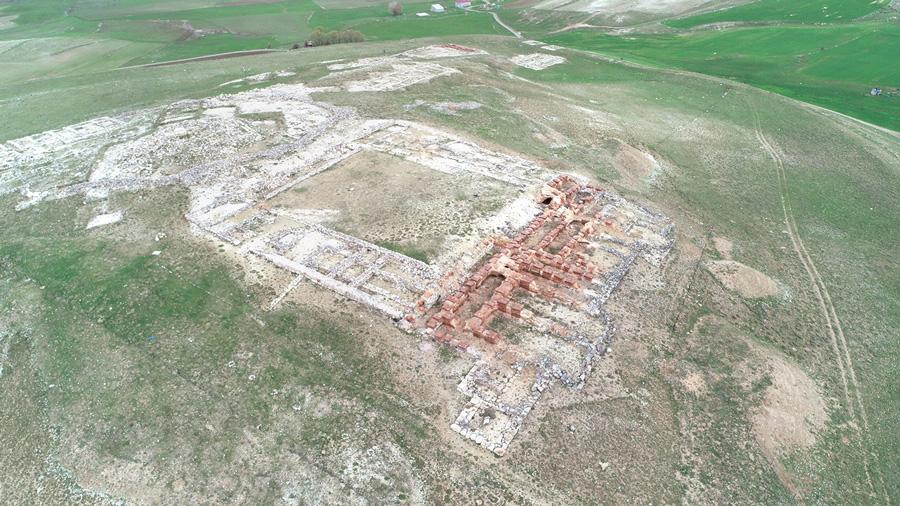
The Hittite city of Sarissa is waiting to serve tourism. Located in the central Anatolian province of Sivas’ Altınyayla district, the city dates back to 3,500-years.
The ancient city, unearthed by Professor Andreas Müller Karpe of Germany’s Marburg University, is one of Turkey’s cultural and historical treasures that needs to be explored.
Known as the place where the first written agreement was signed between the Hittites and the Egyptians, it was one of the biggest Hittite cities in Anatolia. Historians claim that the Hittite people summered in Sarissa for worship.
Altınyayla Mayor Sinan Akbulut said the ancient city in Akkuzulu field in the Altınyayla district should be a cultural and historical tourism attraction.
“As the municipality, we will do our best for this place to be promoted. But we don’t have enough budget for it and need the support of the Culture and Tourism Ministry,” Akbulut said.
He envisions making Sarissa into an open air museum.
“Hittites are one of the four biggest civilizations in the world, and Sarissa is a place than can serve faith tourism,” the mayor said.
Archaeological excavations in Sarissa have so far unearthed a big temple, lots of tablets, the first written contract, a terra cotta twin bull statue (Rhyton) and many others. The written contract processed on tablets in 1285 B.C. was the text of the Kadesh Peace Agreement between the Egyptians and the Hittites.
According to the Sivas Provincial Culture and Tourism Directorate, the Hittite tablets reveal that kings sojourned in this ancient city, and religious holidays were celebrated.
The 76-meter-long temple building, which the excavation team calls Building C, is believed to have been built in 1525 B.C. The building is known as the “biggest one in the Hittite cities.”
The statue of the twin bull, which is among the animals of the mythological god of the storm, was found in the temple. Among the tablets, three are festival texts and 12 are religious cult documents. Many of the artifacts uncovered during excavations are on display at the Sivas Archaeology Museum.